Halloween 2017: World’s most scary places from the ‘gateway to hell’ to Antarctica’s Blood Falls
These frightful spots include haunted houses, ghost towns and abandoned theme parks
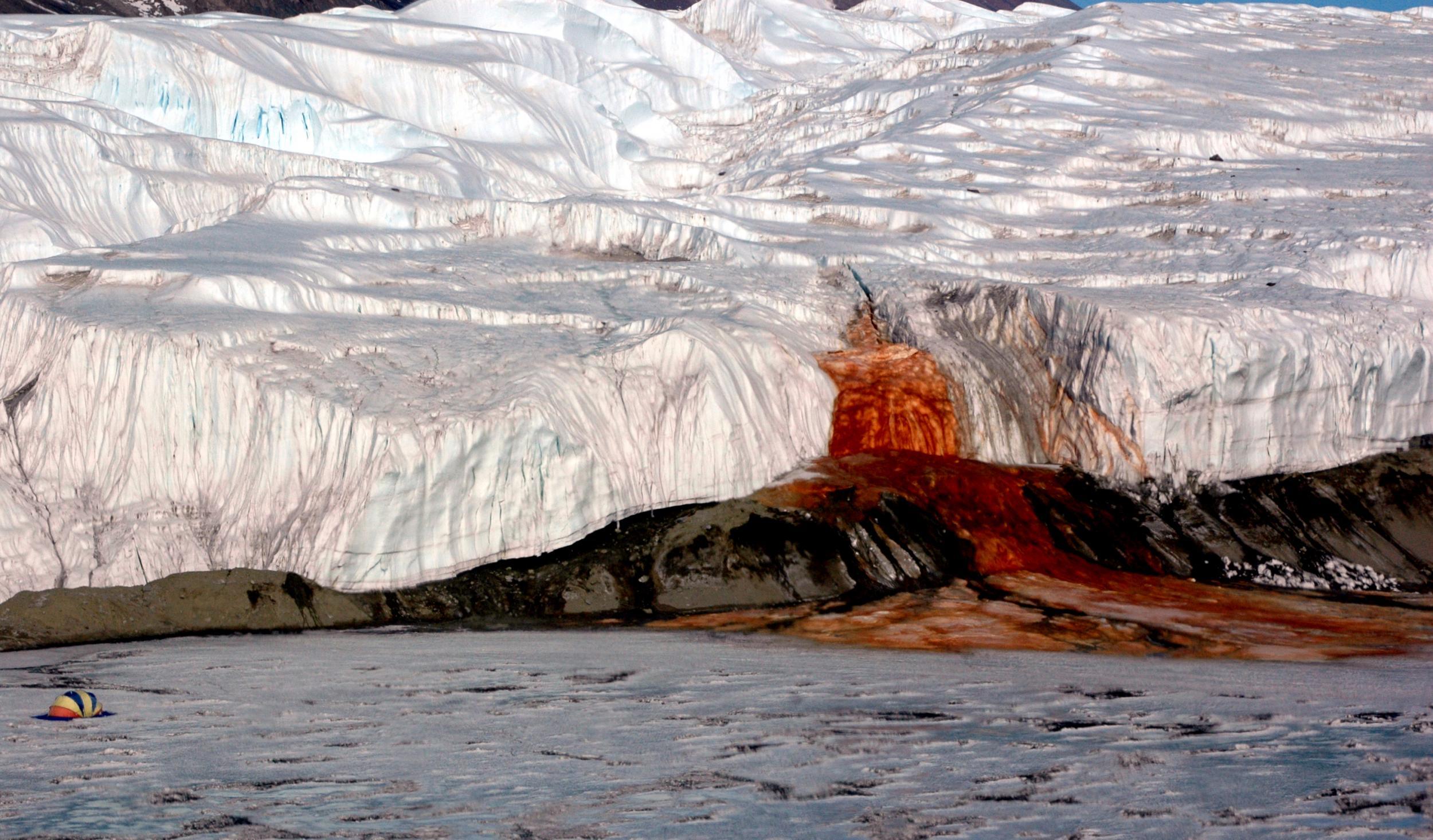
Your support helps us to tell the story
From reproductive rights to climate change to Big Tech, The Independent is on the ground when the story is developing. Whether it's investigating the financials of Elon Musk's pro-Trump PAC or producing our latest documentary, 'The A Word', which shines a light on the American women fighting for reproductive rights, we know how important it is to parse out the facts from the messaging.
At such a critical moment in US history, we need reporters on the ground. Your donation allows us to keep sending journalists to speak to both sides of the story.
The Independent is trusted by Americans across the entire political spectrum. And unlike many other quality news outlets, we choose not to lock Americans out of our reporting and analysis with paywalls. We believe quality journalism should be available to everyone, paid for by those who can afford it.
Your support makes all the difference.It’s that time of the year when plastic vampire fangs are bared, pumpkins carved and trick or treaters come out in force. The world can be a frightening place at Halloween, but if the notion of running out of Haribo mini-packets terrifies you, these 14 spooky spots around the globe will leave you scared witless.
Houska Castle: Houska, Czech Republic
Prague may be the city of fairy tales but Houska Castle, just 29 miles away, is believed to be the gateway to hell. Built in the second half of the 13th century, probably at the behest of Bohemian ruler Ottokan II, the castle was bizarrely constructed over a large hole, so deep and dark it was impossible to see to the bottom.

It was believed that animal-human hybrids crawled from its depths while dark-winged creatures flew in its vicinity, and folklore says prisoners were offered a reduced sentence if they were willing to be lowered into the hole and report back what they saw; everyone who agreed returned screaming mindlessly. The castle was built on flat land with no fortifications, water or kitchen, no occupants and no nearby trade routes, leading many to believe it was – and perhaps is – the gateway to Hell.
The Stanley Hotel: Colorado, USA
The Estes Valley in Colorado was once home to wandering Native Americans from the Ute and Arapaho tribes, and it was here inventor Freelan Oscar Stanley built the now-famous hotel in 1909, after he found himself cured of consumption while visiting the area.
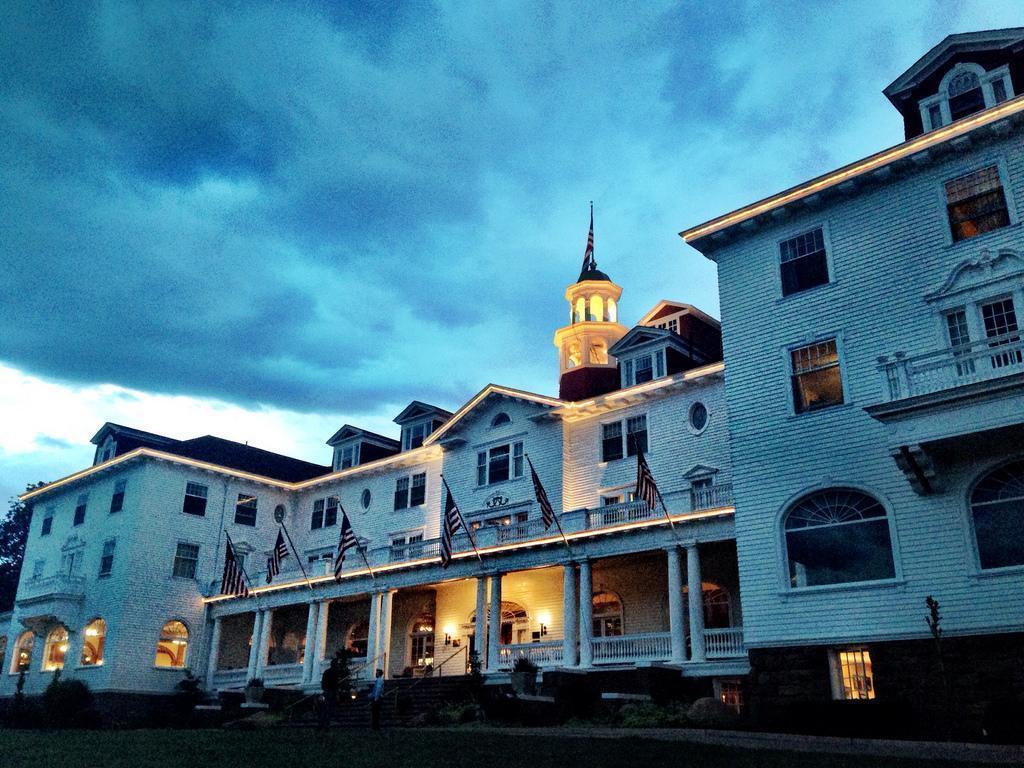
However, with lack of care and investment, the hotel almost went out of business, only for novelist Stephen King to visit in the 1970s. A one-night stay inspired King to write The Shining, in which a family moves into a hotel built on an ancient Native American burial ground.
Trapped by a snowstorm while travelling with his wife Tabitha and three-year-old son, King dreamed of an eerie figure chasing his son and was so shaken that he couldn’t sleep. As he sat on the balcony smoking, he had the inspiration for what would arguably become his most famous work.
Blood Falls: Taylor Valley, Antarctica
History is littered with myths of mysterious blood-related horrors, from tales of stigmata to haemoglobin oozing from walls. However, until recently, one of the strangest examples of this phenomenon remained a mystery.

Blood Falls in Antarctica is a bizarrely crimson-coloured outflow, oozing from the tongue of the Taylor Glacier. Since its discovery more than 100 years ago, it was originally believed that the strange colour of the water was caused by red algae. In 2017 the mystery was finally solved; the colour coming from oxidised iron and water from a five-million-year-old saltwater lake. Unless science terrifies you, this makes Blood Falls not particularly scary, but fascinating nonetheless.
Beelitz-Heilstätten Hospital: Beelitz, Germany
The small town of Beelitz in Germany boasts the unenviable distinction of being home to one of the world’s most gruesomely storied hospitals. Built in 1898, it was originally designed as a sanatorium before becoming a military hospital for the Imperial Army during the First World War, where a certain Adolf Hitler spent time recovering from injury in 1916.
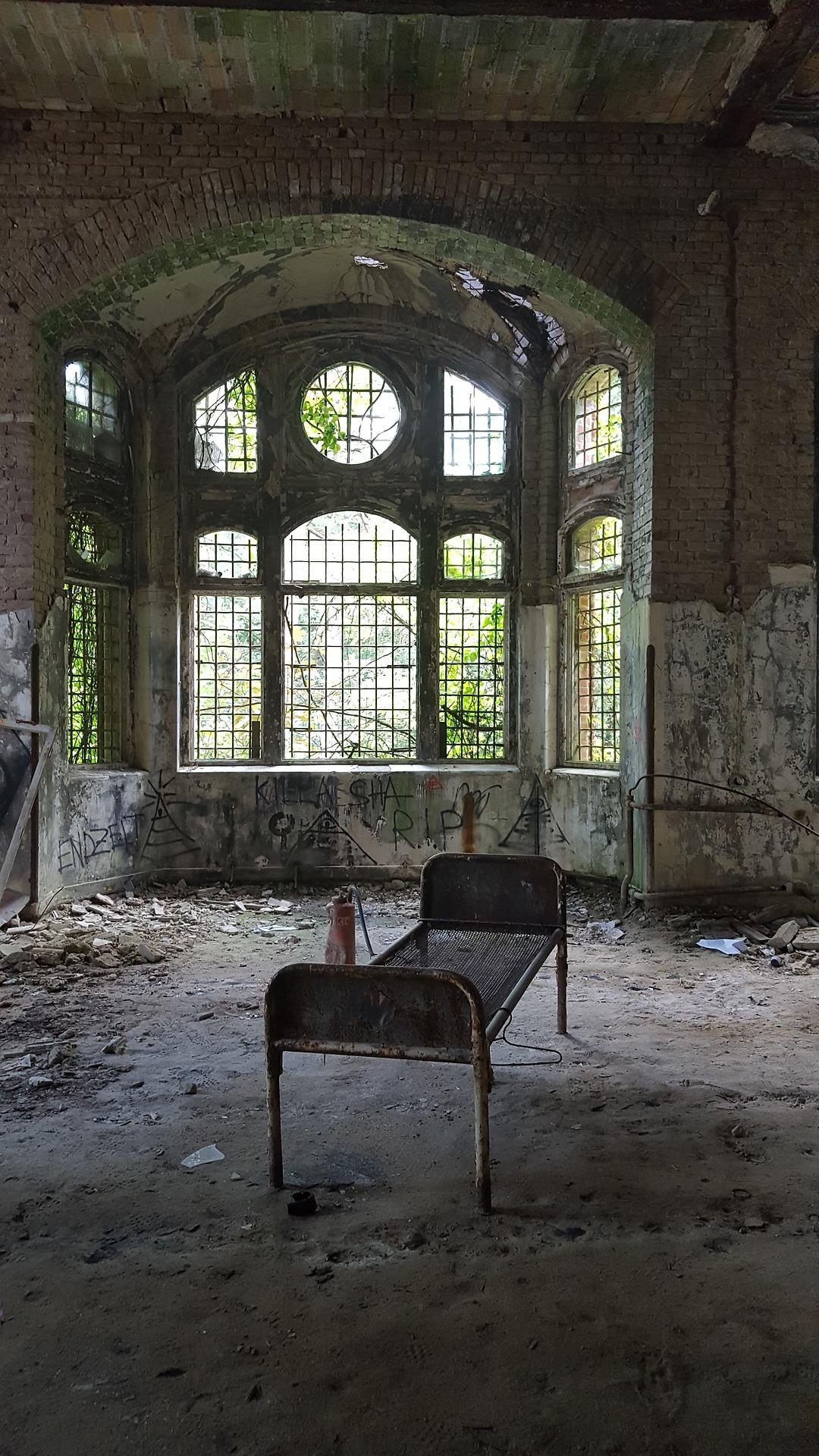
When Beelitz became part of East Germany the Red Army took over and the centre became a Soviet military hospital, finally leaving in 1995. Areas of the hospital remain open as a neurological centre but large parts of it are now closed off, creating an eerie atmosphere alongside its historic, ghastly past.
Skull Tower: Niš, Serbia
The world isn’t short of structures made from human bones, which speaks volumes of humanity’s penchant for both the cruel and the strange. However, unlike Sedlec Ossuary in the Czech Republic or Portugal’s Capela dos Ossos, the Skull Tower’s ‘residents’ didn’t choose to have their skulls and skeletons cast in plaster for the sake of posterity.
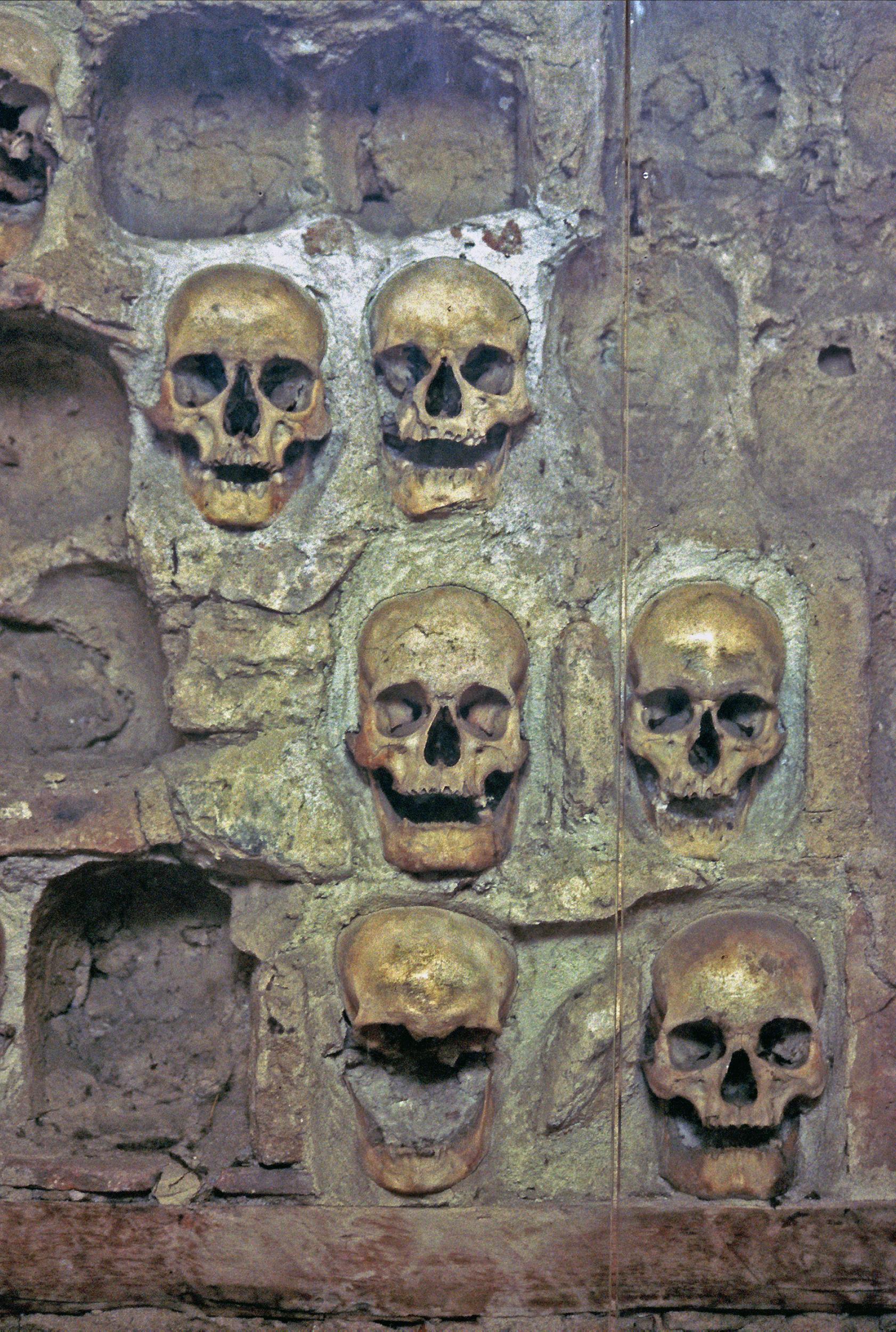
When the First Serbian Uprising failed following the Battle of Čegar of May 1809, the Ottomans were not content with continued dominance over the region. Keen to dissuade their subjects from attempting another push for independence, they slaughtered rebels and had their skulls embedded in Ćele kula, or Skull Tower. In many ways, the morbid structure had the opposite effect. Now one of the country’s most visited sites, it is seen as an emblem for Serbia’s struggle for independence.
Pripyat amusement park: Pripyat, Ukraine
Ukraine’s Pripyat amusement park was due to open in May 1986 for the then USSR’s May Day celebrations. However, those plans were scuppered as a result of the Chernobyl disaster, which occurred just a few miles away. Never fully opened, the park has become a common symbol for the disaster, including a ghostly empty Ferris wheel and bumper car track.
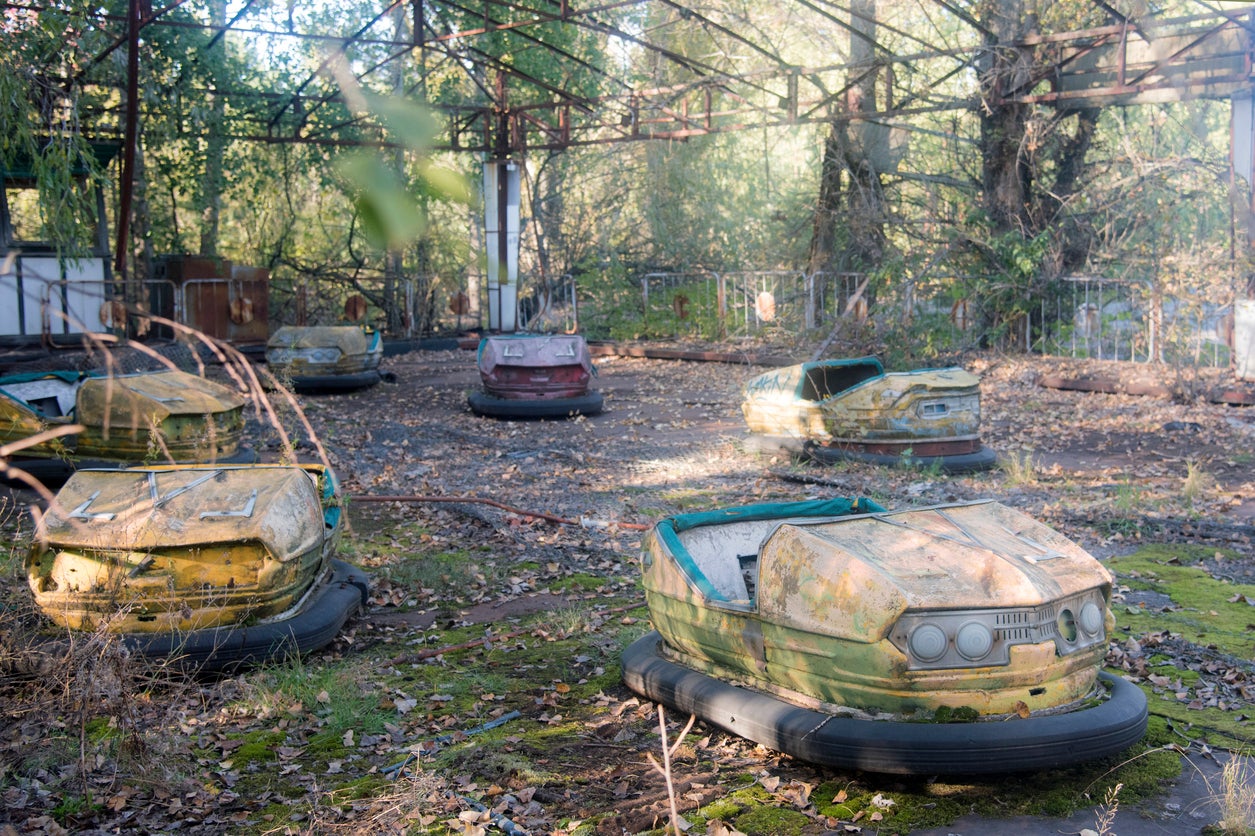
Centralia: Pennsylvania, USA
Centralia is a lesson in human folly. Once home to more than 1000 people, for many years the Pennsylvania town had a relatively large population due to its coal mining industry. However, in 1962, authorities intentionally started a fire to burn out landfill. What they didn’t realise was that the landfill was also an old strip-mine pit filled with coal, causing a huge fire, which spread all the way to the centre of Centralia.
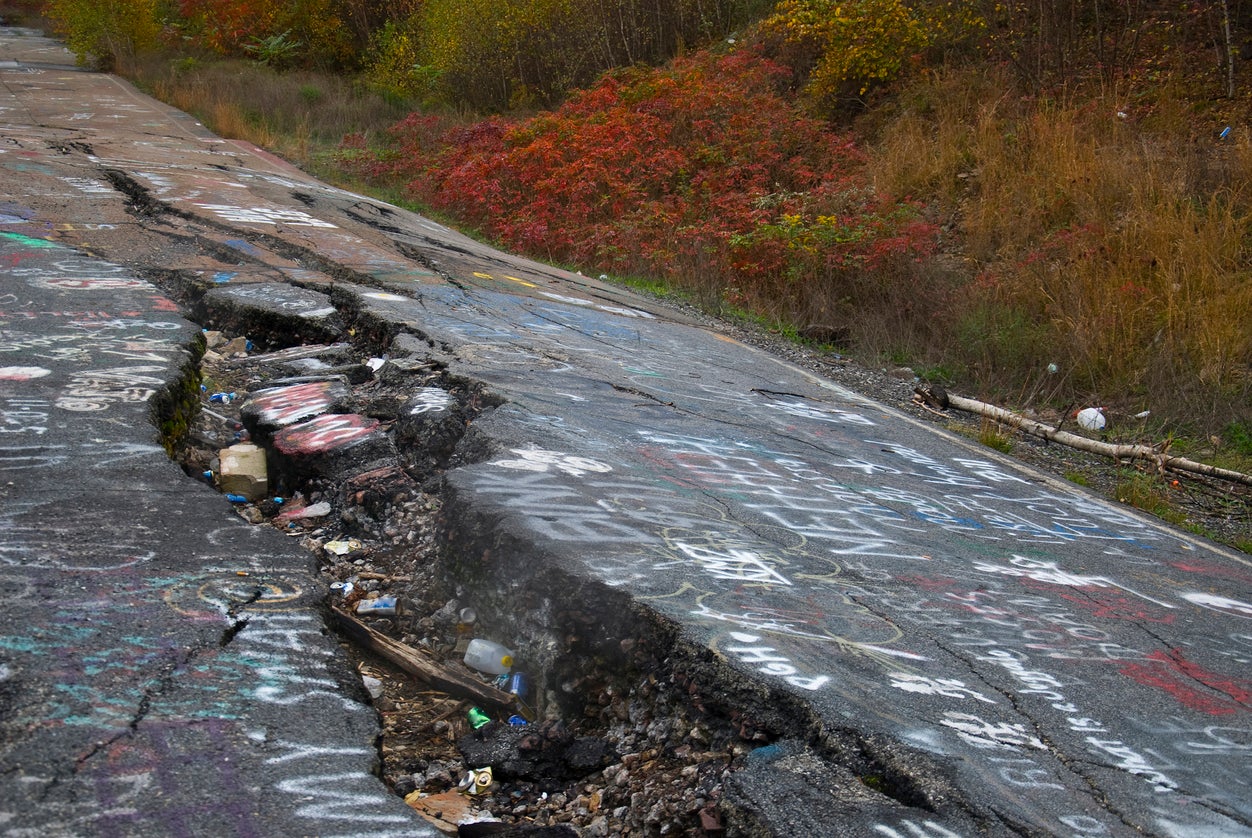
Ever since, there has been a constant blaze underneath the town, with almost all of its residents fleeing due to dangerous sulphuric fumes. Those who have remained (fewer than 20) are surrounded by empty buildings and cracked streets billowing with sulphuric gases. Such is the morbidly eerie nature of the town that it was used as the inspiration for 2006’s fantasy horror Silent Hill. Spooky.
Manchac Swamp – Louisiana, USA
Fans of True Detective will remember how the swampy marshlands of Louisiana contributed to the eerie atmosphere of the television show and the investigations of detectives Cohle and Hart. The state’s infamous Manchac swamp is said to be haunted by voodoo priestess Julia Brown, a woman known for her supernatural abilities to cure people, who killed an entire town.
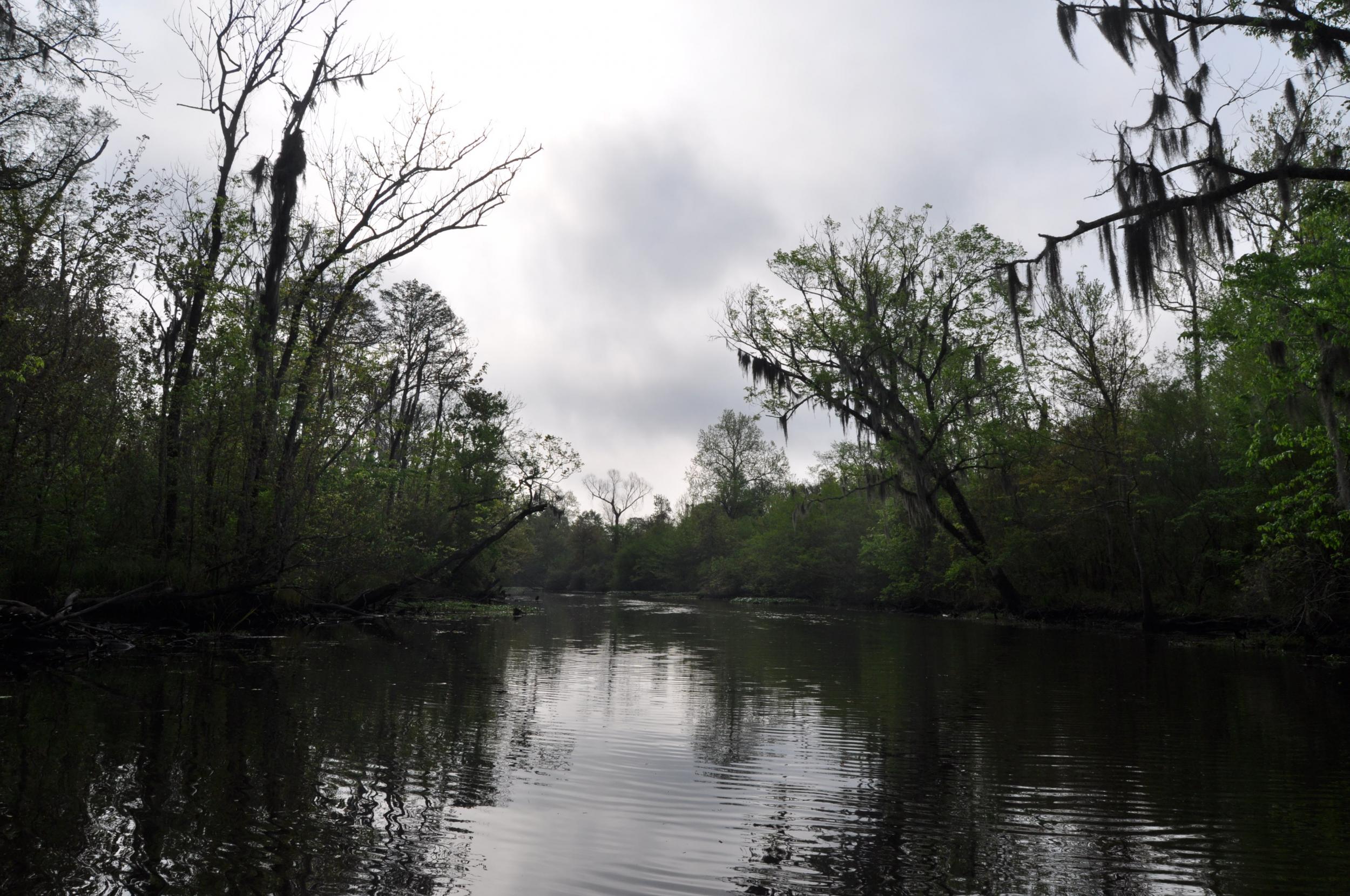
When locals took her work for granted, Brown started predicting tragedies, leading some to believe she was laying curses upon the townspeople. Shortly before she died in September 1915, Brown was often heard saying, “One day I’m gonna die, and I’m gonna take all of you with me.”
The town turned out in force for Brown’s funeral, more in the hope of mollifying her tormented spirit than to give her a good send-off. It didn’t work. As the final nails were banged into her coffin, a hurricane ripped through the village, killing all but two people. So many died during the hurricane that to this day skeletons are said to resurface from time to time, floating down the swamp. While most visitors to Louisiana would probably opt for a jaunt to New Orleans, those of a supernatural bent can take tours of the swamp in search of ghostly happenings.
Bangarh Fort: Rajasthan, India
You’d think a gorgeous 17th-century fort built in the spirit of brotherly love would be a heartwarming tale, but you’d be wrong. Constructed by Man Singh I for his younger brother Madho Singh I, the fort is said to be so haunted that no one is allowed to stay in the area at night.
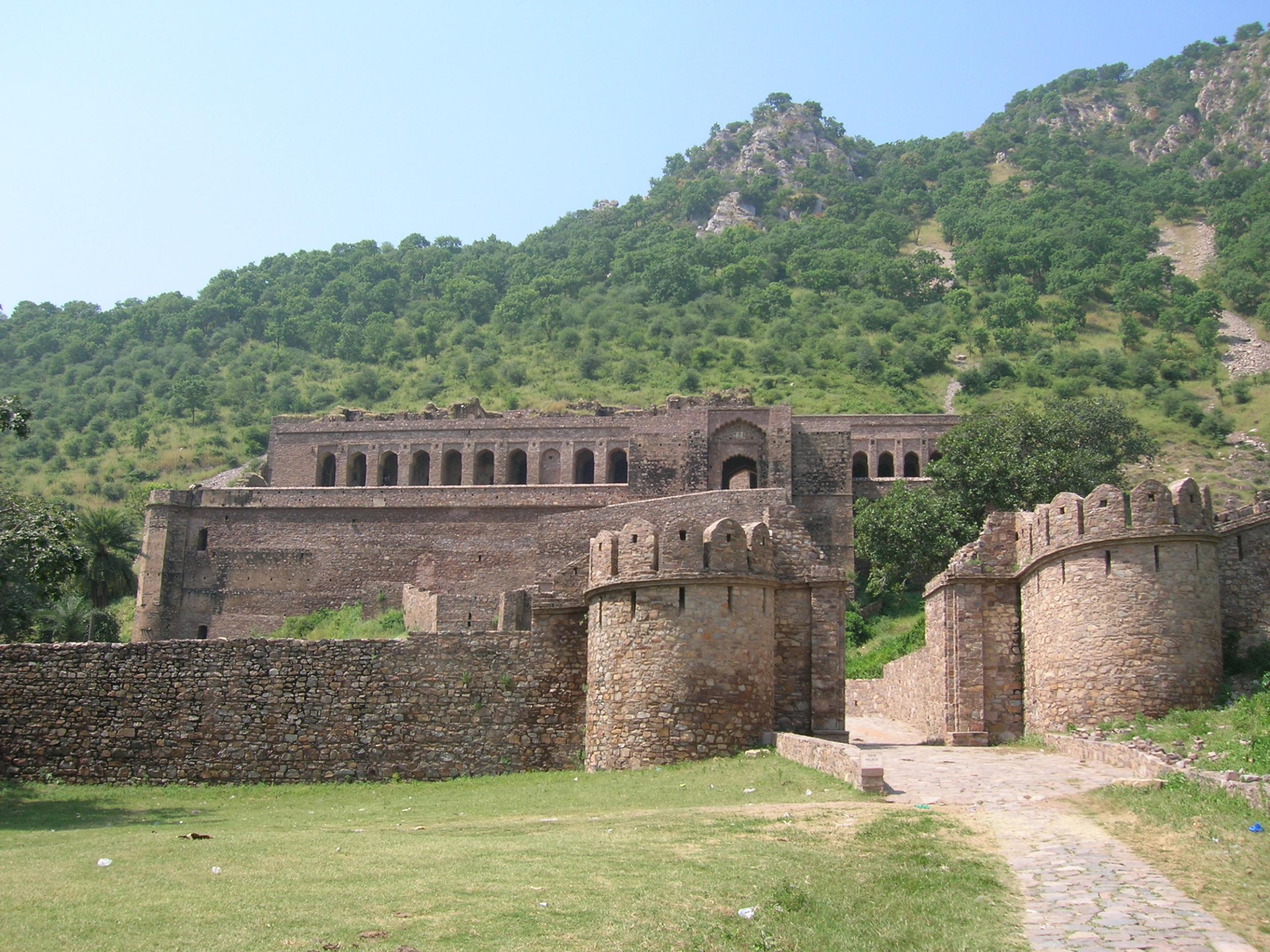
Legend has it that a wizard tried to trick a beautiful princess into marrying him, only for her to see through his chicanery, throwing a “love potion” he’d concocted onto a large boulder, which rolled down a hill and killed him, but not before he had cursed the fort. Shortly after, it was sacked by the Mughal Empire and its approximately 10,000 citizens – princess included – slaughtered. Locals believe the ghosts of both the princess and the wizard continue to haunt the area, and strange noises have been heard in the eerie fort.
Beechworth Lunatic Asylum: Victoria, Australia
From Shutter Island to One Flew Over the Cuckoo’s Nest, the asylum has a long and ignoble place in cinema history and remains a source of fascination due to the – very real – horrors that occur within them. Dating back to 1867, admission to Australia’s Beechworth Lunatic Asylum required only two signatures, but eight were needed before a person could leave, making a ‘stay’ at Beechworth long at best, permanent at worst. Home to around 1200 patients during its existence, the asylum is said to be haunted by many ghosts including Matron Sharp, as well as a young girl, an elderly man and Tommy Kennedy. A popular inmate, his ghost is believed to wander the asylum’s kitchen, with visitors reporting that they felt themselves being tugged or poked in the ribs during their visit.
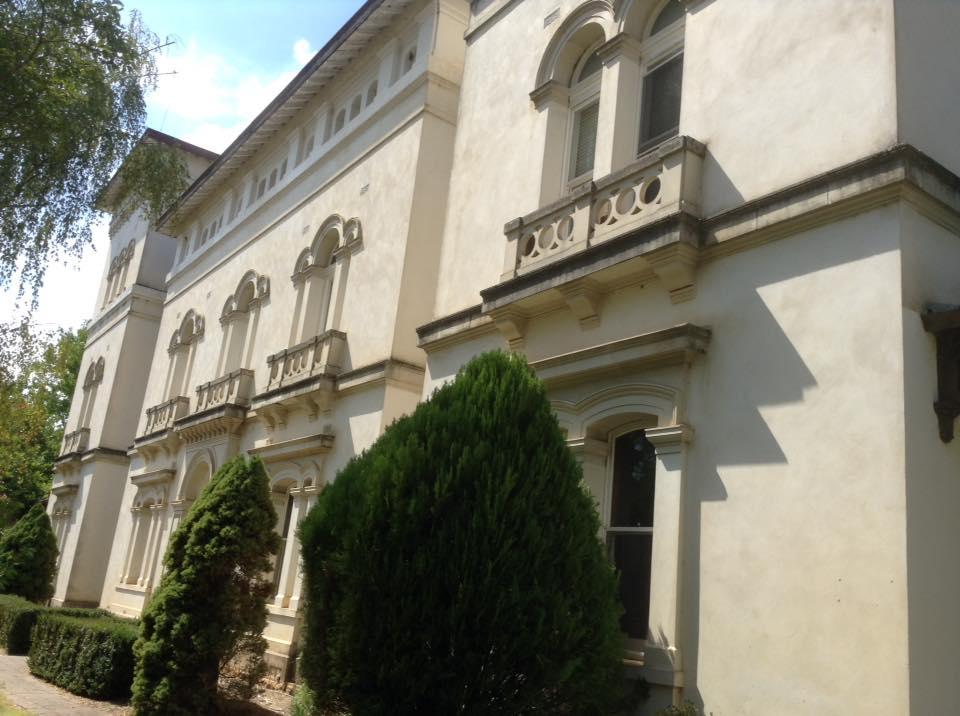
Hoia Baciu Forest: Cluj-Napoca, Romania
A truly terrifying place in every sense of the word, Hoia Baciu forest in Romania has a number of reasons to consider itself scary. Perhaps the most unusual feature of the forest are the unusually shaped trees, which grow out of the ground at a hook-shaped angle, though it was a photo taken in 1968 by a military technician that really saw it shoot up in the spooky stakes.
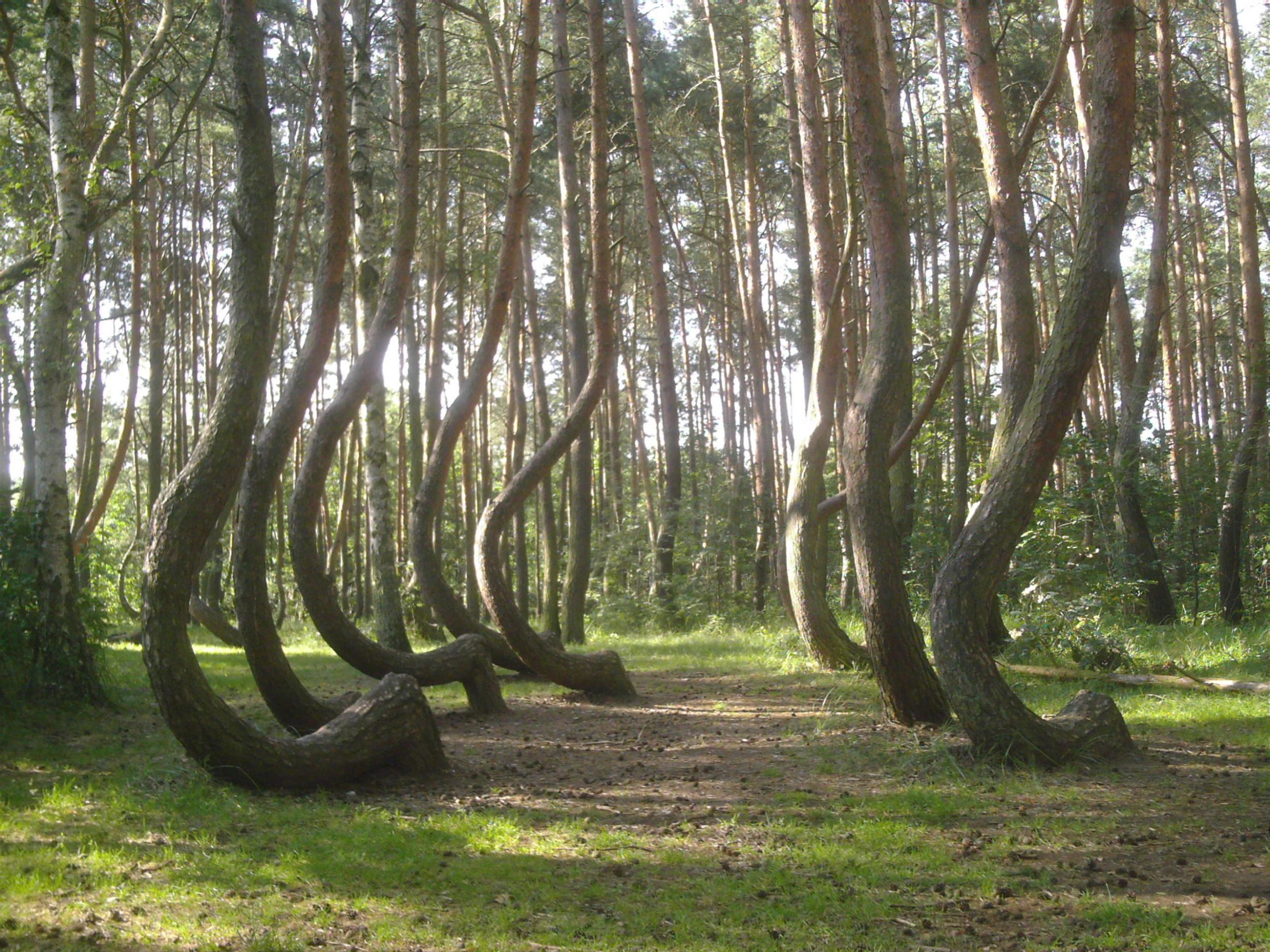
The photo seemingly showed an UFO-like object hovering above the forest and it has been the subject of rumoured paranormal activity ever since. One story tells of a young girl who went missing in the forest, emerging five years later wearing exactly the same clothes. It’s also believed that the forest is haunted by the ghosts of peasants murdered in the region, while many claim to have heard the wind speak, seen unusual green eyes in the forest and strange clouds of black fog. Terrifying.
Loftus Hall: County Wexford, Ireland
Haunted stately homes seem to be 10-a-penny in the Emerald Isle, but Loftus Hall may just be the spookiest of them all. It’s said that the ghost of a young girl named Anne Tottenham haunts the home, having been driven mad and confined to her room after seeing a mysterious man with a cloven foot. There has been much speculation over the truthfulness of the story, with some claiming it was a tale woven to keep begging peasants away from the house, others that the Tottenham family were verging on bankruptcy and needed to draw tourists to the house. Whatever the reality, the only thing that can be said with any certainty is that there’s no reason to get in the way of a good spooky story.
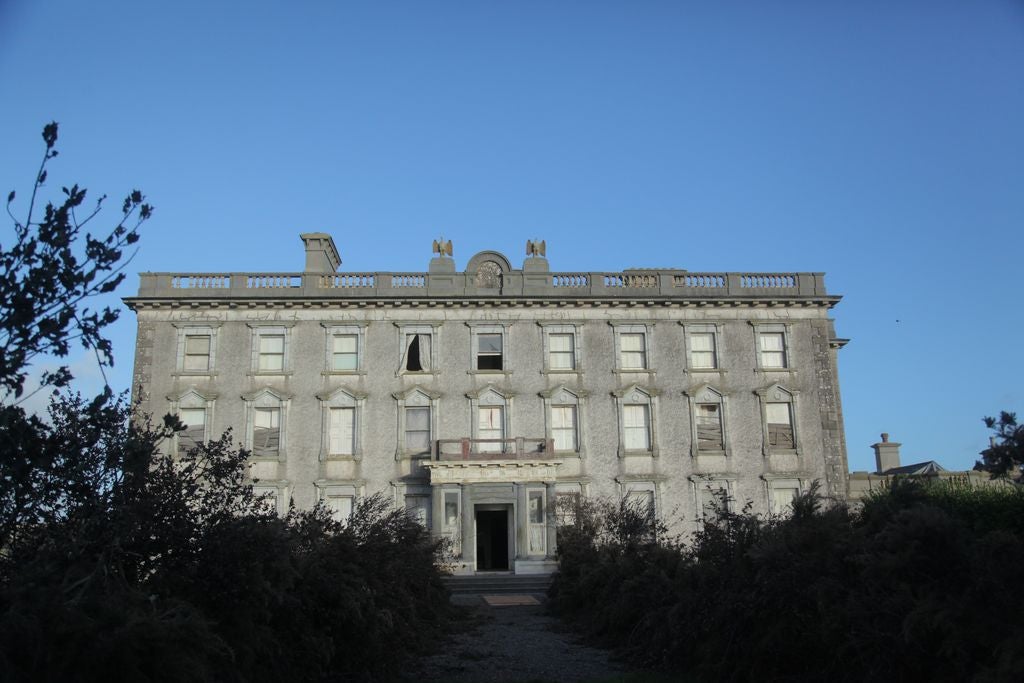
Island of the Dolls: Mexico City, Mexico
The Aztec canals of Xochimilco, just south of Mexico City, are a popular tourist spot for those looking to get away from the bustling city centre. However, they are also home to the eerily creepy Isla de la Muñecas, where haunting dolls are hung on trees and fences. When a young girl washed up dead on nearby shores, the island’s caretaker found a doll near her body.
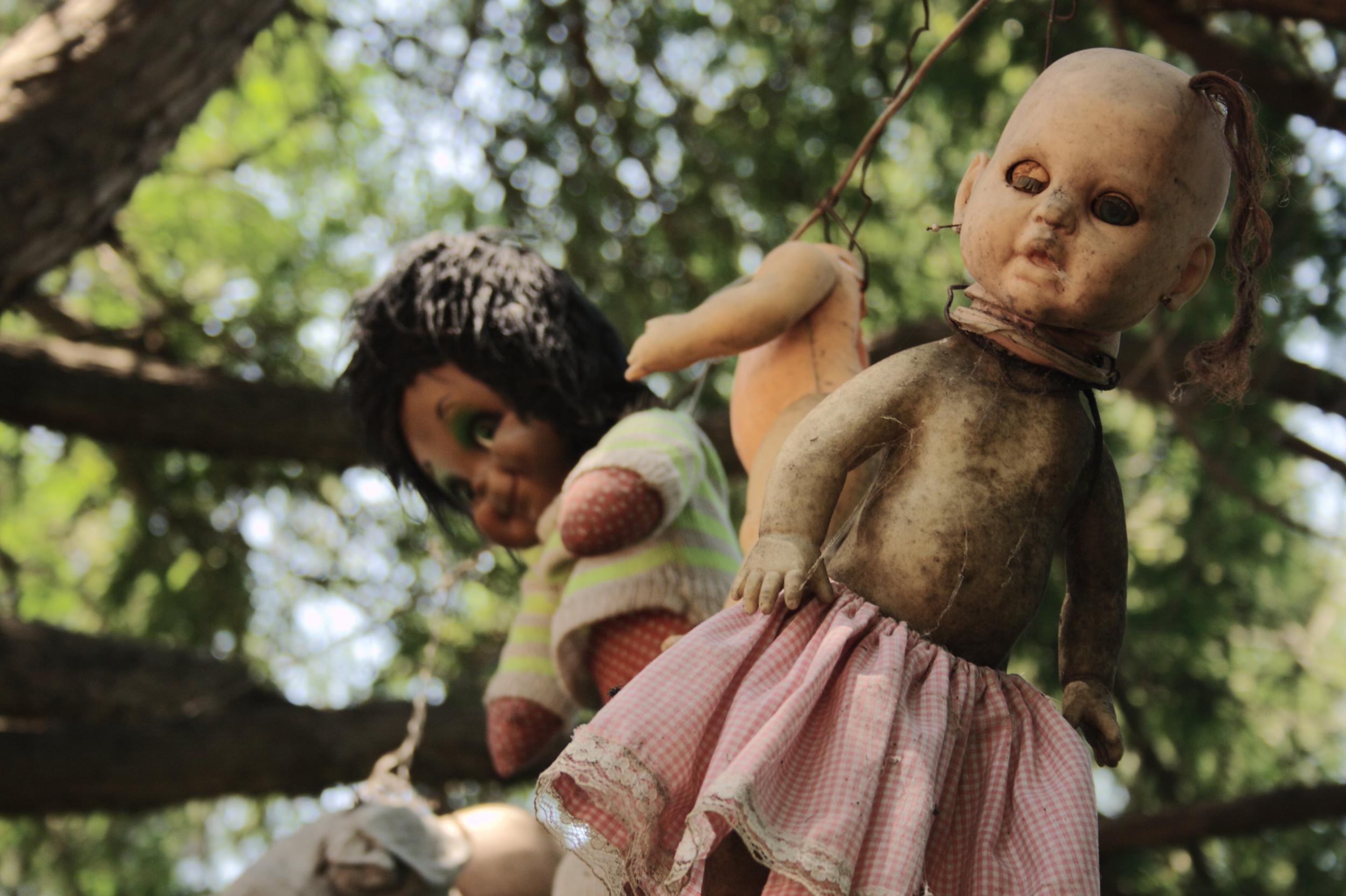
Presuming it to be hers, he strung it up. Over time, the caretaker, Don Julian Santana Barrera, became ever more disturbed and continued to string up dolls in the belief that they were possessed with the spirits of other dead girls. In 2001, he was found dead in the same spot he had discovered the young girl. Visitors continue to flock to the unusual island in their droves, drawn by the eerie dolls and unnerving atmosphere.
Hashima Island: Nagasaki, Japan
The words “abandoned” and “building” rarely inspire confidence that a visit will be one of calm and tranquillity, and Hashima, commonly known as Gunkanjima (Battleship) Island lives up to its spooky reputation.
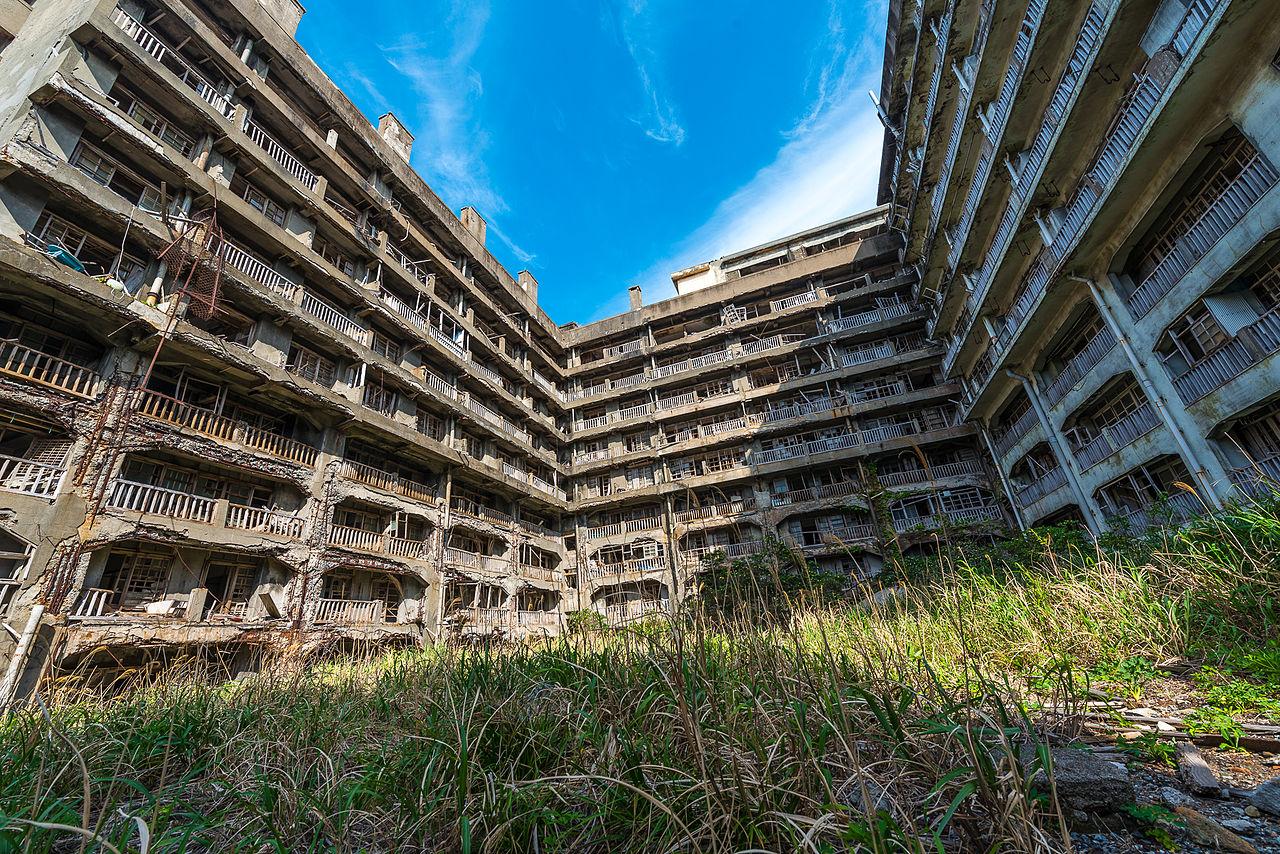
Hastily abandoned by workers in 1974 when its coal reserves were depleting, it is rumoured to be haunted, leading it to become a popular tourist attraction and Unesco-protected site; a controversial decision due to the island’s links to Japan’s Imperial past, with thousands of forced labour workers having been imprisoned on the island. It was used as in Skyfall as Javier Bardem’s villainous secret hideaway.
Join our commenting forum
Join thought-provoking conversations, follow other Independent readers and see their replies
Comments